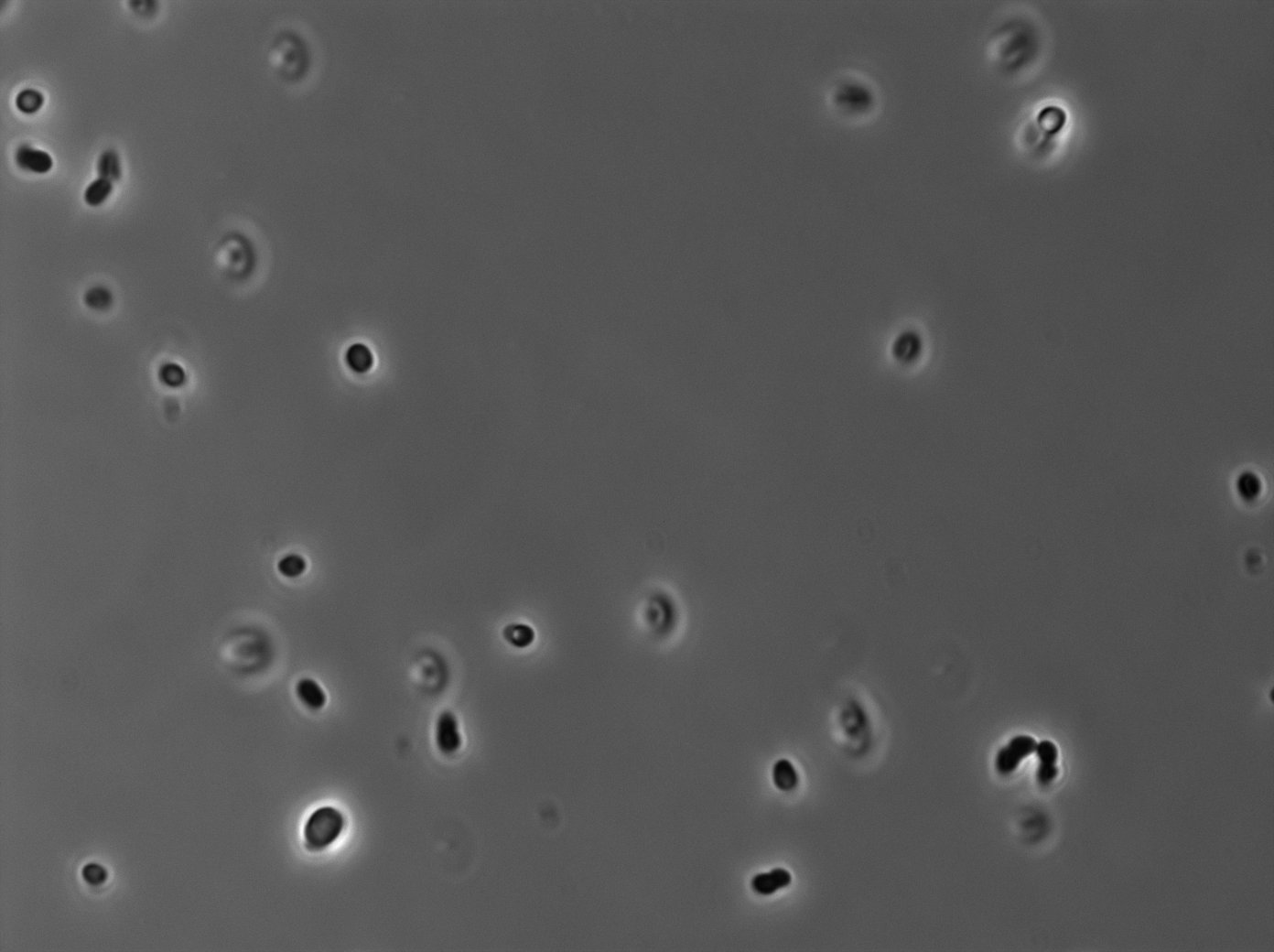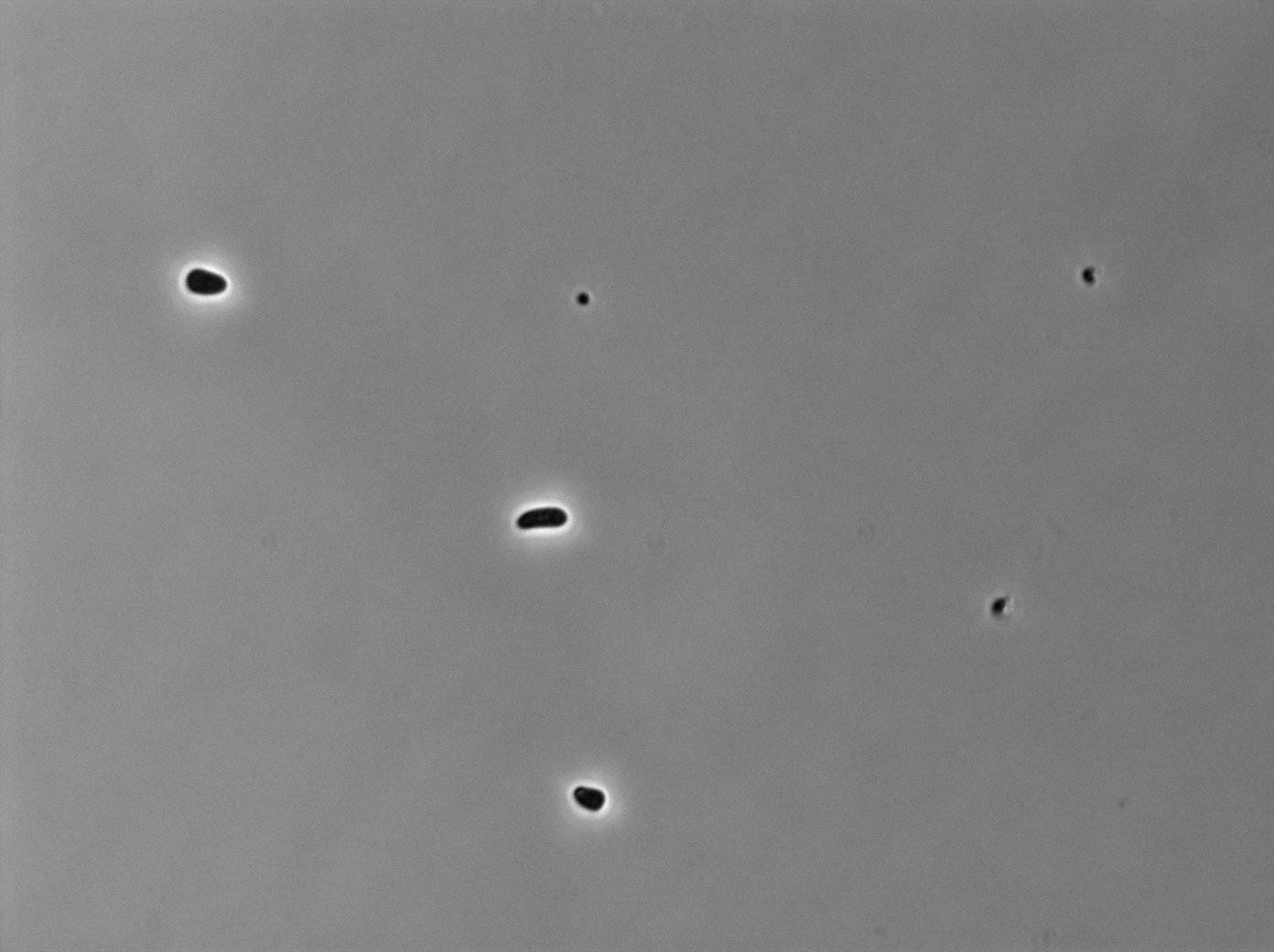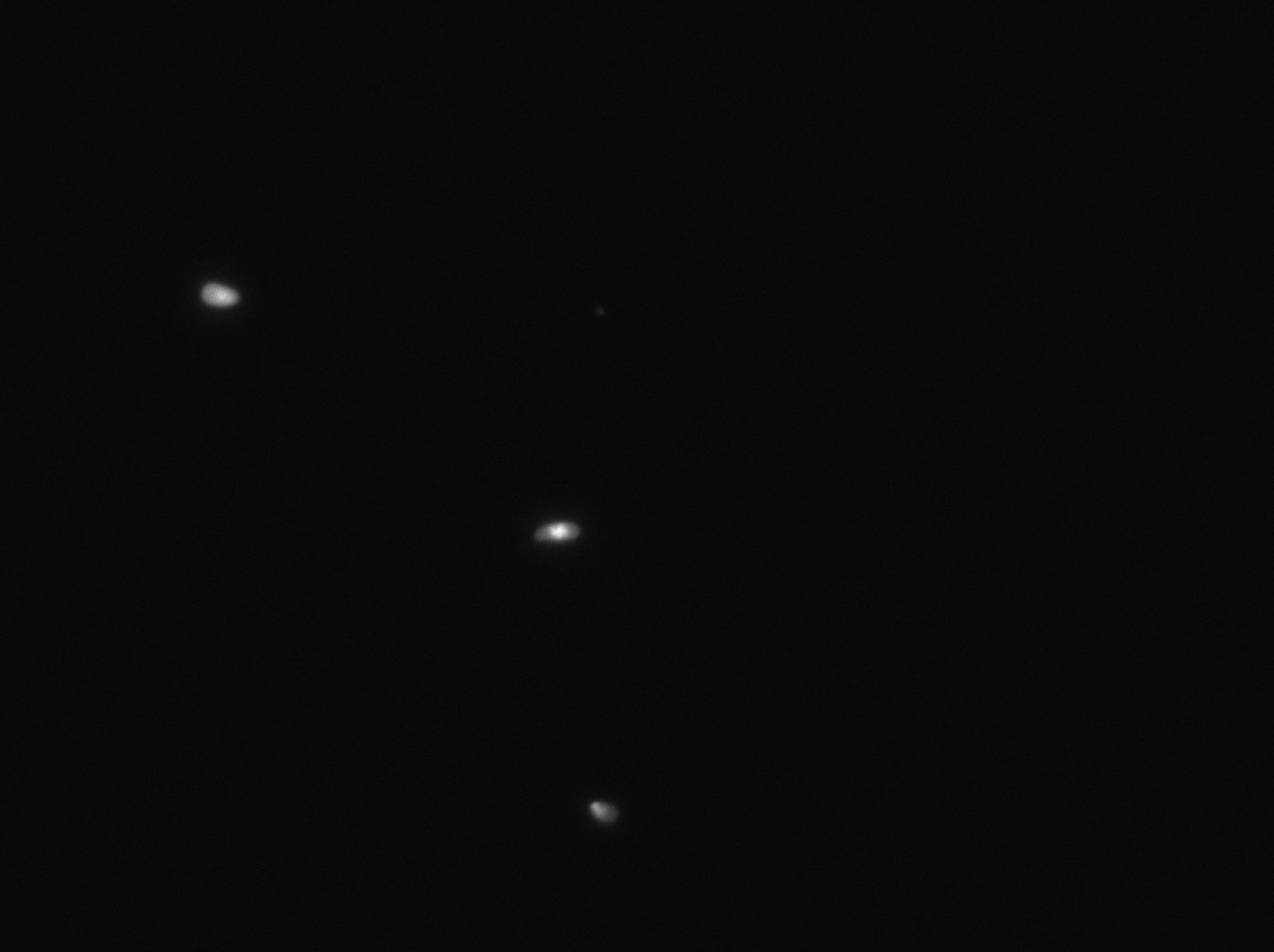Team:Paris Bettencourt/Experiments/YFP TetR diffusion
From 2011.igem.org
| Line 10: | Line 10: | ||
In the article <a href="http://onlinelibrary.wiley.com/doi/10.1046/j.1365-2958.2003.03837.x/pdf">[1]</a>, <i>E. coli</i> strains are growing at 20°C to avoid protein agregation but the problem is that nanotube between <i>B. subtilis</i> has been only proved to exist at 37°C. | In the article <a href="http://onlinelibrary.wiley.com/doi/10.1046/j.1365-2958.2003.03837.x/pdf">[1]</a>, <i>E. coli</i> strains are growing at 20°C to avoid protein agregation but the problem is that nanotube between <i>B. subtilis</i> has been only proved to exist at 37°C. | ||
We test different possibilities : at 37°C or 30°C and concentration of arabinose (0% - 0,1% -0,2%) to deal with protein agregation. | We test different possibilities : at 37°C or 30°C and concentration of arabinose (0% - 0,1% -0,2%) to deal with protein agregation. | ||
| + | </html> | ||
| - | + | {| border="1" class="wikitable" style="text-align: center;" | |
| - | + | |+tetR:YFP protein fusion : 37°C | |
| - | + | |- | |
| - | + | |[[File:FX234_01_Trans01.jpg|450px|thumb|center|tetR:YFP protein fusion inducted with 0,1% arabinose on E. Coli from Dave Lane plasmids.]] | |
| - | + | |[[File:FX234_01_YFP01.jpg|450px|thumb|center|tetR:YFP protein fusion inducted with 0,1% arabinose on E. Coli from Dave Lane plasmids.]] | |
| - | + | |- | |
| - | + | |[[File:FX234_02_Trans01.jpg|450px|thumb|center|tetR:YFP protein fusion inducted with 0,2% arabinose on E. Coli from Dave Lane plasmids.]] | |
| - | < | + | |[[File:FX234_02_YFP01.jpg|450px|thumb|center|tetR:YFP protein fusion inducted with 0,2% arabinose on E. Coli from Dave Lane plasmids.]] |
| + | |} | ||
| + | |||
| + | <html> | ||
More pictures and information on the notebook <a href="https://2011.igem.org/Team:Paris_Liliane_Bettencourt/Notebook/2011/08/03/#Kevin">[2]</a>. | More pictures and information on the notebook <a href="https://2011.igem.org/Team:Paris_Liliane_Bettencourt/Notebook/2011/08/03/#Kevin">[2]</a>. | ||
Revision as of 14:26, 12 September 2011

Experiments of the YFP concentration design
The planning of the experiments is the following : first we have tested the strains from D. Lane containing YFP:tetR and tetO array. Then we constructed/biobricked the YFP:tetR and tetO array system. To finish with the microscopy step and results of this proof of concept between B. subtilis and B. subtilis / E. coli.
Testing the YFP:tetR strains from D. Lane
In the article [1], E. coli strains are growing at 20°C to avoid protein agregation but the problem is that nanotube between B. subtilis has been only proved to exist at 37°C. We test different possibilities : at 37°C or 30°C and concentration of arabinose (0% - 0,1% -0,2%) to deal with protein agregation.More pictures and information on the notebook [2].
Biobricked system construction
Results and microscopy of the proof of concept
In the emittor cell (B. Subtilis), we have inserted a expressive system for the YFP:tetR. It contains the promoter pVeg, the RBS for B. Subtilis and the YFP:tetR protein. Production of YFP:tetR will diffuse throught the nanotube to the receiver cell.
In the receiver cell (B. Subtilis or E. Coli), there is the tetO array where diffused YFP:tetR will concentrate. The YFP is the monitor of the signal.
The principle of the design is summed up in the image below

Fig1: Schematics of the YFP concentration design
 "
"






